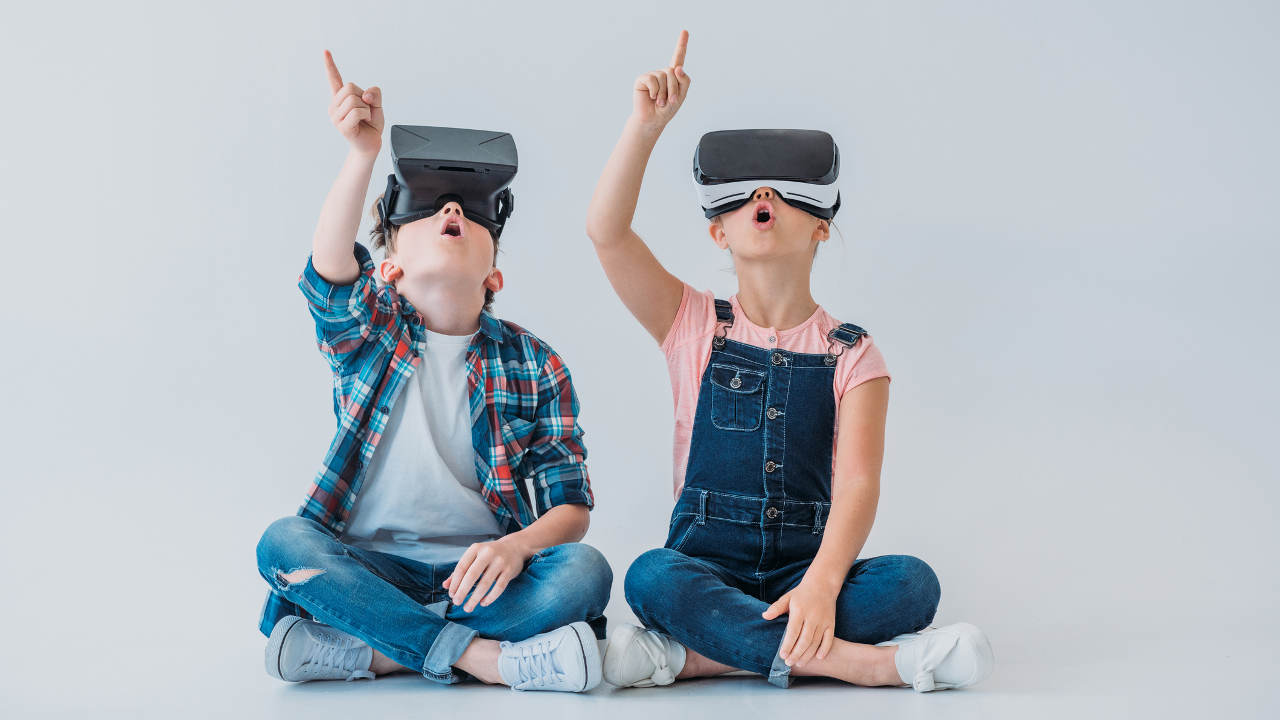Five Tech Trends That Are Predicted to Fall Somewhere in Between Success and Failure
By
Steven Lahullier
published
This list contains a variety of trends that did not meet expectations but also did not completely flop.

Technology in education, like most other areas of education, has fads, buzzwords, and trends that come and go often. There have been many predictions in the past regarding the future of technology in schools. This list contains a variety of trends that did not meet expectations, but also did not completely flop. The primary focus is on K-12 education, but there will be a few exceptions that apply to education at all levels and in general.
- Virtual Reality (VR) & Augmented Reality (AR)
It still seems that the price tag still remains a major barrier of entry for Virtual Reality. Once this barrier is breached, then the issue becomes finding sufficient appropriate learning materials that use the virtual reality components in an efficient and effective educational manner. Augmented reality has become more widespread due to lower barriers of entry, but many implementations of AR could be seen as a simple short-term use gimmick. On top of the barriers of entry, there are also reported issues of headaches and motion sickness which make the selection of VR/AR less desirable to some. While there surely are many people that successfully use both AR and VR in their classrooms, it will likely take further improvements in the technology, more development of appropriate educational programs that can be used on a VR/AR platform, and a lower price point to make this trend reach its full potential. - Bring-Your-Own-Device (BYOD)
The idea of having students bring their own devices to school is a very polarizing issue. Some think it is a great idea to have students connect their education to their personal devices since they spend a lot of time on them anyway. Others would say that it is a terrible idea, since the school may not be able to adequately monitor exactly what the students are doing on their devices since they are not school-issued and maintained. Part of the reason why this may have not caught on to a higher degree could be because of the issue of what to do with students that do not own their own device, or whose parents do not permit them to take their devices to school. This adds another layer of required management. Some schools may collect old devices and enable them to be used by students without their own devices, or schools may purchase several loaner devices, but doing so undermines the concept of BYOD to a certain degree. This is a trend/prediction that could go either way. Schools could make a push to gather and repurpose used devices for students that do not have the ability to bring their own device. On the other hand, schools could all together ban the use of personal devices (specifically as it relates to the educational experience) and only allow for school-owned devices to be used in schools. - Interactive Whiteboards
This is a trend that I feel has already hit its peak and will begin to fade. For many students in a 1:1 device environment, the need to have a central presentation location seems to be diminishing. The expense of purchasing and maintaining the equipment can be high, compared to programs that can allow one computer to share a screen with a class of students on their own devices. The fate of this trend seems largely tied to a variety of other trends in education that place priority on individualized learning over large group lecture-style learning. - Computer Labs
While still somewhere in the middle, this seems to be a trend that is on its way down. 1:1 devices, inexpensive laptops, tablets, BYOD, and other related tech trends all seem to point towards the end of single-purpose computer labs. While there is certainly still a need for students to learn computer skills, a dedicated lab of computer seems like it will soon no longer be the place. Students may be able to get a better learning experience in any learning space with their own device and a teacher guiding them through productivity apps, computer science, and/or basic functions of a computer. There will certainly be exceptions to this. Rather than eliminating the space altogether, these spaces seem to be prime for morphing into STEM labs and maker spaces. - Wearables
I have predicted it in the past as an upcoming tech trend in education. But its not quite there yet. This can include a huge variety of tech-enhanced items including smartwatches, enhanced virtual glasses, and assistive technology for individuals with disabilities. There still remains relatively high price points for these devices, and many are small and have the potential to be easily lost or damaged by students. These issues seem to be preventing wearables from becoming a bigger trend in educational technology than they have been so far. I still feel that this category has great potential to become a major tech trend in education in the future.
Dr. Lahullier is the Coordinator of Technology Services for the Rochelle Park (NJ) School District.
Tech & Learning Newsletter
Tools and ideas to transform education. Sign up below.
TOPICS
MORE FROM TECH & LEARNING...
